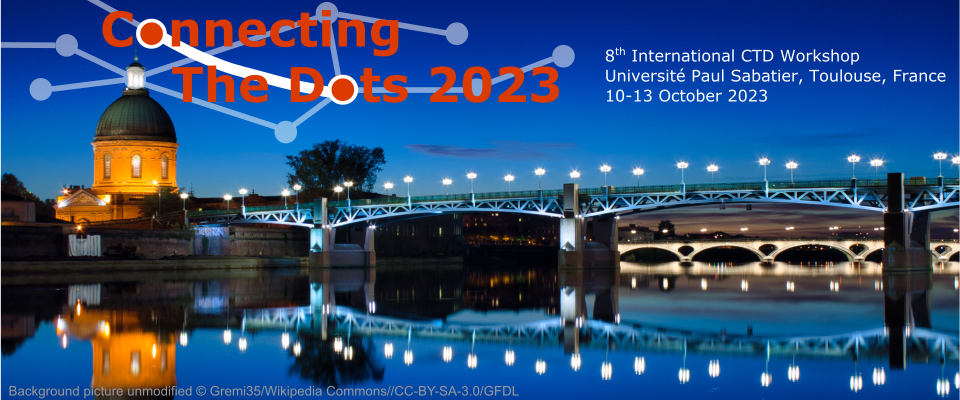Speakers
Description
Reconstructing the trajectories of charged particles from the collection of hits they leave in the detectors of collider experiments like those at the Large Hadron Collider (LHC) is a challenging combinatorics problem and computationally intensive. The ten-fold increase in the delivered luminosity at the upgraded High Luminosity LHC will result in a very densely populated detector environment. The time taken by conventional techniques for reconstructing particle tracks scales worse than quadratically with track density. Accurately and efficiently assigning the collection of hits left in the tracking detector to the correct particle will be a computational bottleneck and has motivated studying possible alternative approaches. This paper presents a quantum-enhanced machine learning algorithm that uses a support vector machine (SVM) with a quantum-estimated kernel to classify a set of three hits (triplets) as either belonging to or not belonging to the same particle track. The performance of the algorithm is then compared to a fully classical SVM. The quantum algorithm shows an improvement in accuracy versus the classical algorithm for the innermost layers of the detector that are expected to be important for the initial seeding step of track reconstruction. (arXiv:2212.07279)
